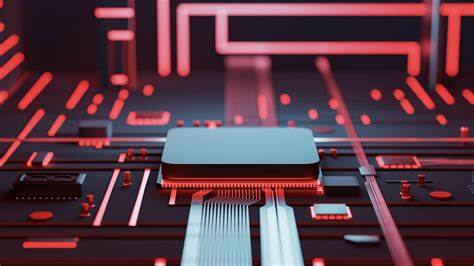Easy101: CPU Architecture
Easy101: CPU Architecture
What is CPU Architecture?
The CPU (Central Processing Unit) is the brain of a computer. CPU architecture refers to the design and organization of its components that allow it to process instructions efficiently.
Key Components of a CPU
- Control Unit (CU)
- Manages and coordinates all activities within the CPU.
- Decodes instructions from memory and sends commands to other components.
- Arithmetic Logic Unit (ALU)
- Performs arithmetic and logical operations like addition, subtraction, AND, OR, etc.
- Registers
- Small, high-speed storage locations within the CPU.
- Used to store instructions, addresses, and intermediate data temporarily.
- Cache
- A smaller, faster memory that stores frequently accessed data and instructions to speed up processing.
- Clock
- Synchronizes all operations in the CPU by providing a steady pulse (measured in GHz).
The Fetch-Decode-Execute Cycle
The CPU processes instructions in a continuous loop known as the Fetch-Decode-Execute cycle:
- Fetch: The CPU fetches an instruction from memory (RAM).
- Decode: The Control Unit decodes the instruction to determine the required operation.
- Execute: The ALU performs the operation, and the result is stored in a register or memory.
Types of CPU Architectures
- CISC (Complex Instruction Set Computing)
- Designed to execute complex instructions in a single cycle.
- Example: x86 architecture.
- RISC (Reduced Instruction Set Computing)
- Focuses on simple instructions, requiring multiple cycles for complex tasks.
- Example: ARM architecture, commonly used in smartphones.
- Multi-core Processors
- Combine multiple CPU cores in a single chip to improve multitasking and performance.
Why is CPU Architecture Important?
Understanding CPU architecture helps us:
- Design efficient software optimized for specific CPUs.
- Improve device performance and energy efficiency.
- Innovate and push the limits of technology.
CPU architecture forms the backbone of modern computing, and mastering its basics opens up a world of opportunities in understanding how devices work. Stay tuned for more Easy101 posts to simplify complex tech concepts!
This post is licensed under CC BY 4.0 by the author.
